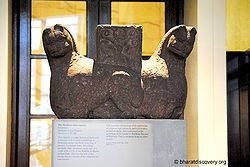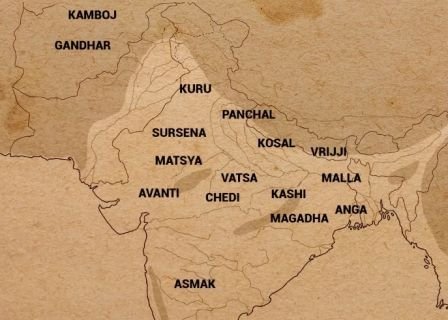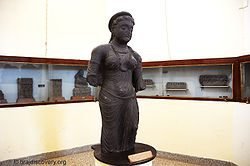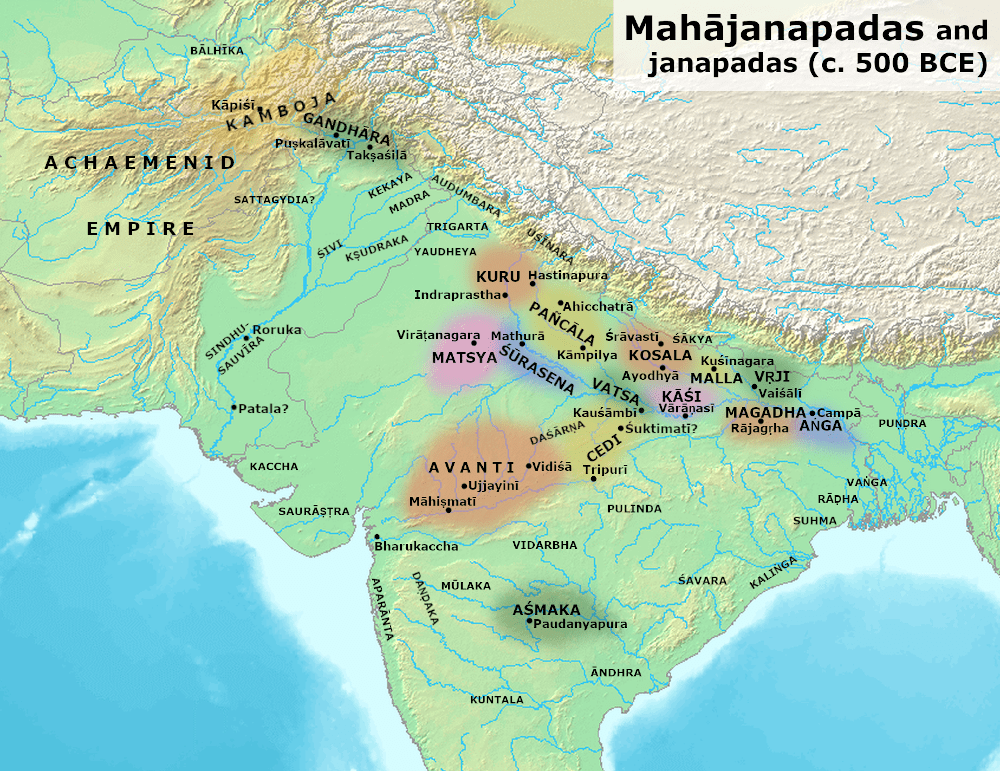Kamboja : The oldest Republican of India

Kamboja in the works of Panini, which is close to the 5th century BC. Reference to them is found in Mahabharata and Manusmriti. The Kambojas were described as erstwhile Kshatriyas who failed to perform the Brahmanical sacred rituals.
Very often and especially these days we see that old buildings are being demolished and new structures are being created in place of them, but do we ever try to listen to the story that the building stores for us? No, isn’t it? Well let us tell you a story today.

Nearly a hundred and fifty years ago, or maybe some time more than that, when railway lines were being laid down for the first time ever, in the Punjab. The engineers working there had stumbled upon a site which was filled with resources, treasures, and most important of all, it contained a history which shaped the world. It was none other than the site of Harappa, which is present-day Pakistan. The engineers were very happy because it was a great source of ready-made, high quality bricks, which they could use from the walls of the buildings present. So they started carrying off the thousands of bricks from the walls and started to use it to build the rail tracks for the city. This action of the engineers led to the destruction of most of the buildings in that site; only a few were left as souvenirs. Sometime around eighty years ago, archaeologists ventured out and found this site. They immediately realised that this is not any mere piece of land, and that this is the land of the oldest cities present in the subcontinent. And this led to discoveries of other cities through excavations, which were eventually categorized under the Harappan civilization. But this is just one story, a story where we try to discover the past and origin of our existence, but where exactly did all this start? Well, it all began with the :
Discovery of the Harappan civilization in 1920–22 when two of its most important sites were excavated. These were Harappa on the banks of the river Ravi and Mohenjodaro on the banks of the Indus. These excavations were carried out by D. R. Sahani and R.D. Bannerji. On the basis of the archaeological findings the Harappan civilization has been dated between 2600 B.C–1900 BC and is one of the oldest civilizations of the world. It is also sometimes referred to as the ‘Indus Valley civilization’ because in the beginning majority of its settlements discovered were in and around the plains of the river Indus and its tributaries. But today it is termed as the Harappan civilization because Harappa was the first site, which brought to light the presence of this civilization. Recent archaeological findings indicate that this civilization was spread much beyond the Indus Valley. Therefore, it is better to be called as the Harappan civilization. It is the first urban culture of India and is contemporaneous with other ancient civilizations of the world such as those of Mesopotamia and Egypt. Our knowledge of the life and culture of the Harappan people is based only on the archaeological excavations as the script of that period has not been deciphered so far. But this is how we got to know about our history, but what about our existence? How did we know that we are connected to them?

Well, you see, the Harappan civilization did not appear all of a sudden. It developed gradually from earlier Neolithic village cultures. It is believed that the better technology to exploit the fertile plains of the river Indus might have resulted in increased agricultural production. This led to the production of larger surplus to feed and maintain non-agricultural people such as artisans, administrators, etc. It also helped in the promotion of exchange or trading contacts with distant regions. It brought prosperity to the Harappan people and they were able to set up cities. By around 2000 BC several regional cultures developed in different parts of the subcontinent which were also based on the use of stone and copper tools. These Chalcolithic cultures which lay outside the Harappan zone were not so rich and flourishing. These were basically rural in nature. Unfortunately this civilization could not continue for long and eventually led to the Vedic Period. However with the course of time and by 1900 BC, vedic age also came to an end and all the changes ultimately resulted in the rise of janapadas and mahajanapadas i.e. bigger territorial states in those days.

Kamboja is said to be one of the 16 Mahajanapadas in Anguttara Nikaya of Buddhism, and this tribe is also mentioned in Sanskrit and Pali. Kamboja refers to people known as “Kum” or “Kama”. According to the Puranas, Kamboja is described as the royal dynasty of Shakas. The people of the ancient Kambojas are also said to have similarities of being of Indo-Iranian origin. Kamboja kingdom was ruled by Kambojas who belonged to the Kshatriya tribe during the Iron Age of India. Due to their immense popularity they have been frequently mentioned in Sanskrit and Pali literature. Many coming-age scholars believe that the Kambojas originally belonged to the East Iranian tribe who had later settled in at the boundary of ancient India. However the Kambojas in the course of time later adopted Hinduism during the late Vedic Period. The ancient kingdom of Kamboja was also mentioned in the epic Mahabharata. According to history and myths, all the western kingdoms were supervised under the Kamboja rule. Kamboja was a republic, and the powers given to the king were by the people of Kamboja. The kingdom of Kamboja formed and followed a democratic form of Government. The Kambojas had a different culture and tradition which was not noticed in the Vedic culture. The kingdoms of Kamboja were extremely cold, especially the ones in the western part. The people there used to use blankets, they also had to rear sheep and used to drink sheep’s milk. The horses and armies of Kamboja were also considered to be one of the strongest and had been used for the war between Pandavas and Kauravas in the Kurukshetra War. Kamboja kingdom was known for its extraordinary skills in cavalry warfare.
Kamboja – The last king of the Pala dynasty was defeated by Rajendra Chola, the last ruler of the Chola dynasty in the 11th century. And in the Rock Edict of Ashoka, it was written that Kambojo had formed an autonomous state under the Maurya emperors.


